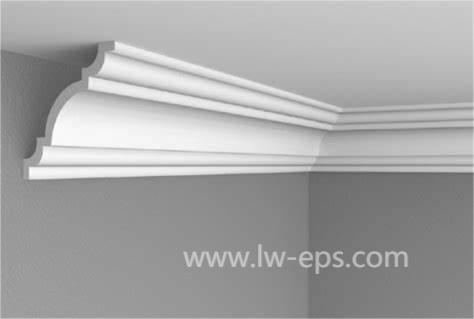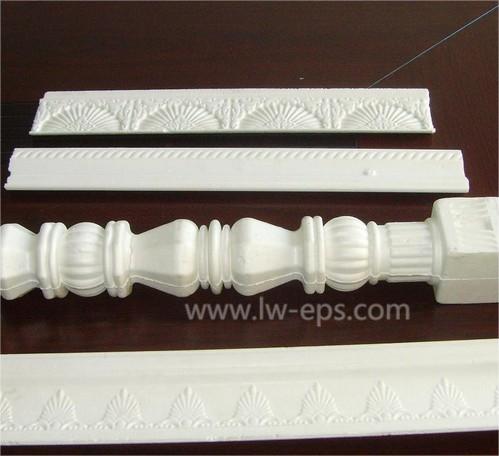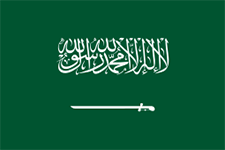Exploring EPS decorative lines: a masterpiece of creativity and practicality
In today's innovative and diverse world, the intersection of the fields of materials science and design has yielded many compelling results. Among them, expanded polystyrene styrofoam, represented by EPS lines, shows the perfect combination of creativity and practicality, bringing infinite possibilities to all walks of life. This article will explore the definition, characteristics, application fields of EPS lines and their role in sustainable development.


Definition and characteristics of EPS lines
EPS line, expanded polystyrene styrofoam line, is a material made of polystyrene foam, which exhibits a unique line-like structure through a specific processing process. As a lightweight insulating material, EPS has the following characteristics:
1. Lightweight and strong: EPS lines are composed of tiny air cells, so they are very light, but at the same time have excellent compressive strength. This makes it widely used in both architecture and art.
2. Excellent insulation performance: EPS material has excellent heat and sound insulation performance, making it an ideal choice for thermal insulation and sound insulation materials in the construction field.
3. Strong plasticity: By adjusting the processing process, EPS lines can be made into various shapes and sizes to meet the needs of different projects. This makes it have a wide range of application potential in artistic creation and industrial design.
4. Recyclability: In the context of sustainable development, the recyclability of EPS lines becomes an important advantage. It can be reprocessed with less environmental impact.
-1691651431833.jpg)

Application fields of EPS lines
The versatility of EPS lines makes it widely used in various industries, the following are some common areas:
1. Construction and decoration: EPS lines are used as thermal insulation materials, sound insulation materials and decorative materials in the construction field. It can be molded into a variety of looks, from traditional moldings to creative three-dimensional decoration.
2. Art and Creation: Artists have discovered that EPS lines can be a medium for creative expression. Through techniques such as sculpting, doodling, and painting, they can transform EPS lines into unique works of art.
3. Sculpture and handicraft: EPS lines are also widely used in the field of sculpture and handicraft. Its light nature allows sculptors to create large-scale works without excessive weight support.
4. Stage and event decoration: In stage performances and special events, EPS lines are often used to make stage sets, props and decorations. It can quickly create eye-catching scenes and enhance visual effects.
(1)-1691651466993.jpg)
The role of EPS lines in sustainable development
With the increasing awareness of environmental protection, sustainable development has become an important issue in society. EPS lines play an active role in this context:
1. Energy saving: The thermal insulation performance of EPS lines can reduce the energy consumption of the building and reduce the need for heating and cooling, thus contributing to the efficient use of energy.
2. Resource recycling: EPS materials can be recycled and reprocessed, reducing the generation of waste and reducing the environmental burden.
3. Green building: In green building, EPS lines, as a renewable, lightweight and insulating material, contribute to creating more environmentally friendly and sustainable building designs.
conclusion
As a product of expanded polystyrene styrofoam, EPS lines not only show infinite possibilities of creativity in the fields of design and art, but also play an important role in the fields of architecture and environmental protection. Its lightness, insulating properties and recyclability make it a versatile material for a better and sustainable future.




















